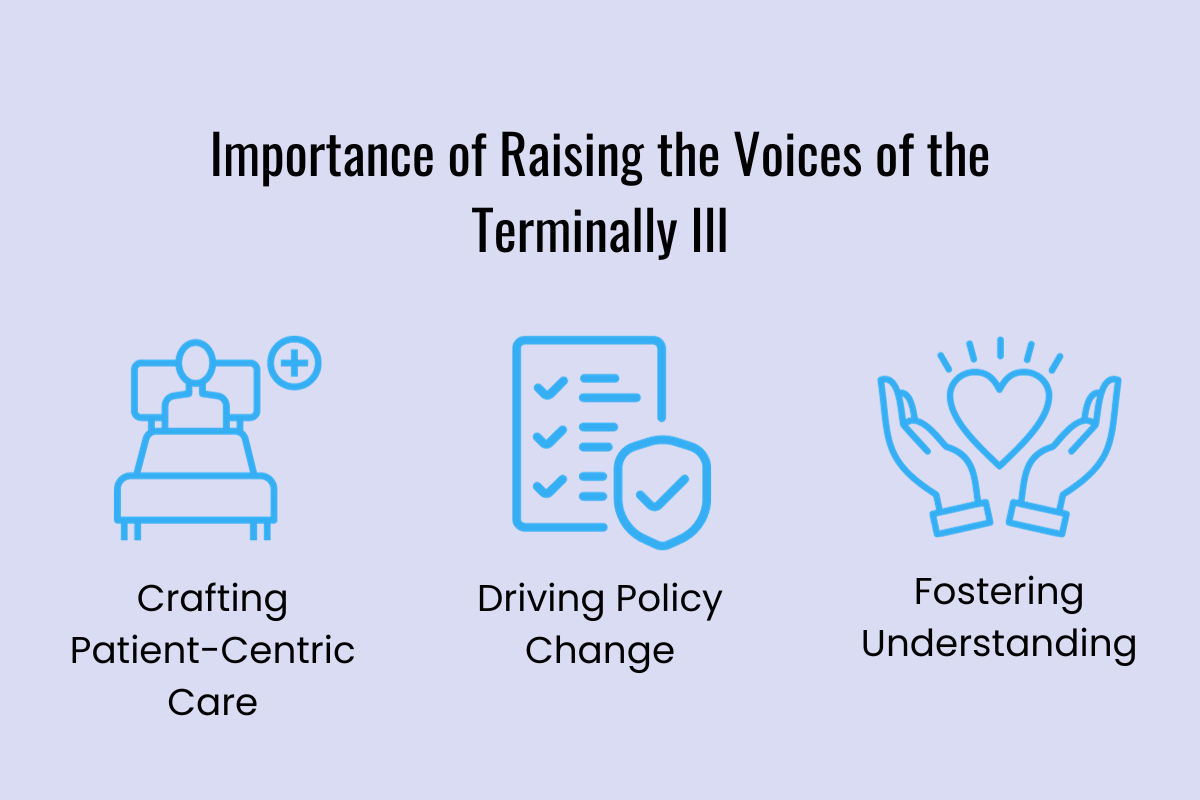3 min read
Preserving Dignity & Ensuring Patient Safety at End of Life
Performance Health Partners
August 7, 2023

Maintaining patient safety during end-of-life care isn’t solely focused on physical well-being but equally about preserving the dignity and autonomy of individuals during their most vulnerable moments. Hospice care provides a supportive environment where comfort and quality of life take precedence, yet safety within this setting cannot be understated. Read on to explore how ensuring patient safety is linked to preserving a person’s dignity, along with a comprehensive list of essential strategies to achieve this goal.
The Connection Between Patient Safety & Dignity at the End of Life
Maintaining patient safety at the end of life is deeply intertwined with preserving a person’s dignity and ensuring a compassionate and respectful departure from this world. Individuals near the end of their life journey often require specialized care to manage their symptoms, pain, and emotional well-being.
Focusing on patient safety during this delicate phase is not only about preventing accidents or medical errors, but it is also about honoring the person’s autonomy, wishes, and inherent value as a human being. Here are key aspects of the connection between patient safety and dignity at the end of life:
Honoring Autonomy
Respecting a patient’s autonomy even in their final stages allows them to retain a sense of control and dignity over their life. Patients have the right to make informed decisions about their care, and ensuring their safety means providing the support and means to carry out their wishes. This may involve discussions about medical interventions, life-sustaining treatments, and palliative care options, all while considering their values and beliefs.
Promoting Comfort
Patient safety encompasses more than physical safety; it includes emotional and psychological well-being, too. By focusing on pain management and providing a comfortable environment, patients can experience a higher quality of life, which is fundamental to preserving their dignity and sense of worth during their end-of-life journey.
Empowering Communication and Consent
Patient Safety is intertwined with empowering patients to actively participate in their care decisions, which fosters a sense of dignity and control over their final moments. Effective communication with patients, their families, and caregivers is essential for understanding patient preferences. This involves discussing potential risks and benefits of treatments, setting realistic goals, and obtaining informed consent.
The Importance of Raising the Voices of the Terminally Ill
End-of-life care can be fraught with complex medical decisions as well as physical and emotional stress, sometimes overshadowing the wishes of the terminally ill. Elevating their voices, however, is crucial for several key reasons:
- Crafting Patient-Centric Care: Facilitates care that is focused on the individual patient, personalized to their unique needs and desires
- Driving Policy Change: Brings to light critical issues within end-of-life care, potentially driving positive shifts in healthcare policies
- Fostering Understanding: Helps loved ones in comprehending and respecting the decisions made by the patient.
According to the “Journal of Social Work in End-of-Life & Palliative Care,” research on the topic of death and dying in modern society frequently includes the observation that dying individuals are stigmatized and socially avoided.
Studies show that lack of contact with a dying individual may promote negative perceptions of the dying, and this may lead to further avoidance of them. Raising the voices of the terminally ill can reduce this stigma surrounding death and dying, encouraging more compassionate and understanding communities.

Strategies for Ensuring Patient Safety at the End of Life
End-of-life care can be provided in various settings, including hospice facilities, palliative care units, or within the comfort of the patient’s home. Regardless of where a patient is receiving this care, it is vital that the environment is physically and emotionally safe.
According to the “International Journal for Quality in Health Care,” patients and their families perceive harm and safety at end-of-life care in a broader sense than traditional healthcare settings. They believe harm extends beyond physical well-being, enveloping interpersonal safety, too. Their definition of safety emerges from a complex web of clinical tasks, interpersonal communication, physical surroundings, and socio-cultural context.
Upon exploring patient safety within home hospice care, the researchers discovered that the most prevalent issues were falls and insufficient symptom management, typically considered as errors of omission. Interestingly, these problems were often tied to actions of the patient or their family caregivers, rather than the actions of the home hospice team.
The Accreditation Commission for Health Care underscores that root causes of end-of-life care complications can include a lack of safety culture and teamwork failures, variations in communications and end-of-life practices, and a lack of standardized protocols.
The following strategies can help enhance patient safety during end-of-life care while still maintaining their dignity:
- Establish effective communication channels between providers, patients, and patient families
- Develop and implement individualized care plans
- Ensure proper pain management strategies are in place
- Adopt robust fall prevention practices
- Coordinate care efficiently across all healthcare professionals involved
- Manage medication appropriately to avoid errors or harmful interactions
- Ensure thorough handwashing and hygiene practices to prevent infections
- Provide consistent emotional support to patients and their families
Incident reporting software can significantly enhance the quality of end-of-life care by streamlining the incident reporting process and facilitating a proactive approach to patient safety.
Incident management software allows for real-time data collection, automated alerts and notifications, near-miss reporting, and analysis tools to prevent future incidents and continuously improve patient safety. This software allows for an easy approach to the patient safety tips listed above.
Ready to learn more?
Connect with our team to learn more about how our award-winning incident management software can help your hospice or home health organization maintain quality of life and patient safety.



